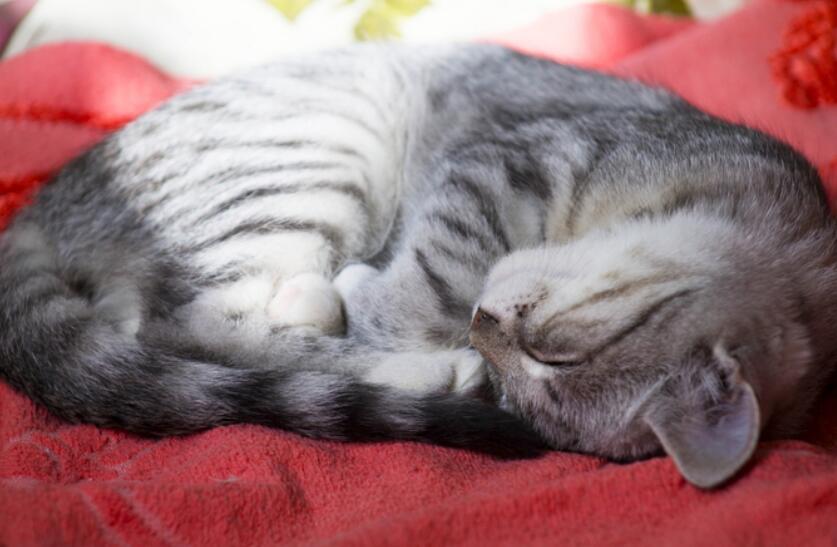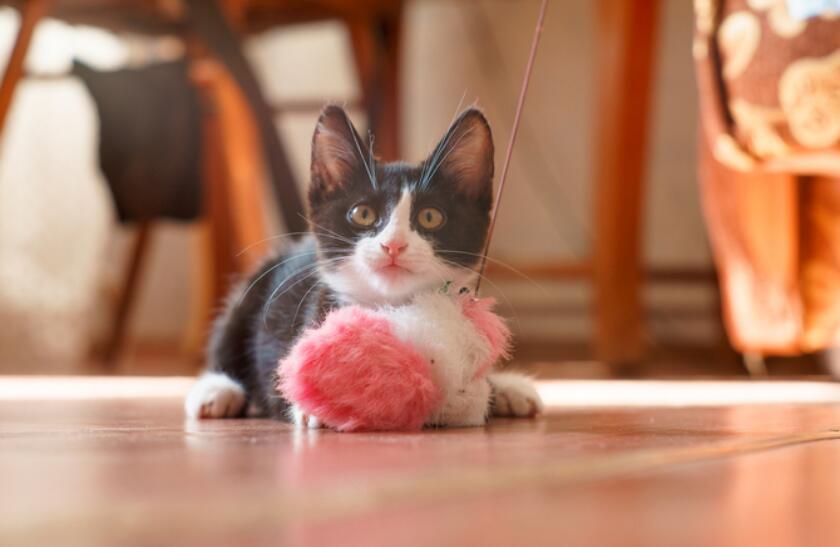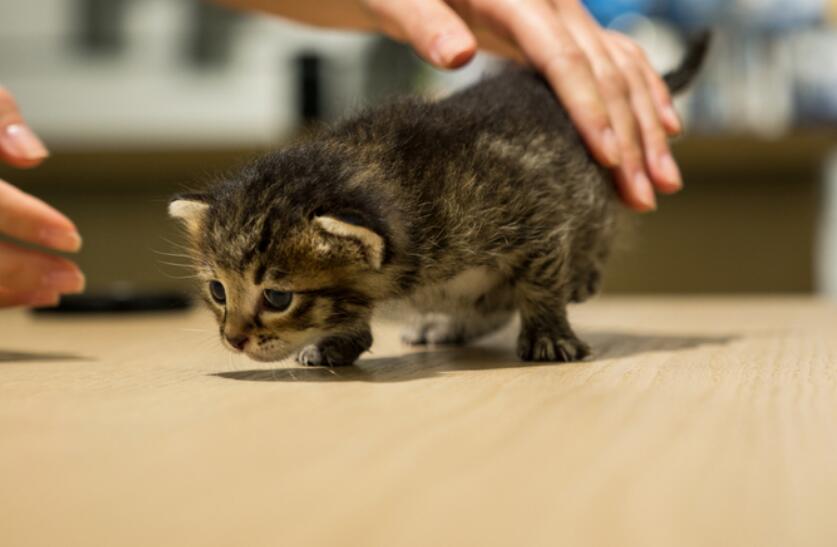
One of the greatest days of a person’s life is the day they bring home a small, cuddly ball of joy. While a cat is a relatively easy pet to care for, it’s important that owners have everything they need for the glove to grow and thrive before bringing it to the front door.
If you’re just starting out as a cat owner, you may not know where to begin in preparing your home and life for your furry friend. Here’s a crash course. A space of your own
A space of your own
When you introduce a kitten to his or her new home, it’s important to start small. “Find a place that’s slightly out of the way and small enough that it won’t be overwhelming,” says Dr. Carol Margolis, a medical genetics resident at the University of Pennsylvania School of Veterinary Medicine in Philadelphia. “It could even be a small bathroom. The important thing is that it’s a room that the kitten can make its own headquarters.”
Margolis added that the place would be an out-of-the-way area that people don’t frequent. “If you bring home a shy cat, you definitely don’t want to force it to interact too soon, as this can make the cat anxious and have trouble adjusting to its new home.”
However, a new kitten doesn’t have to stay in that space all day. “You should let the kitten get out of the room to explore the kitchen, the living room, or other spaces in the new house,” says Ryane E. Englar, Ph.D., assistant professor and clinical education coordinator at Kansas State University in Manhattan, Kansas. “You always want them to go back to their base.”
This space can also be used to store your kitten’s food, water and litter box (more on that later). Ideally, this will be a permanent home for these items, but if you have to move them, just know that your kitten will need plenty of reminders that these items are no longer where they once were.Englar explains, “If you’re going to move your kitten’s litter box, you’ll need to take your kitten to the box’s new location every 15 minutes to half an hour to remind them where it is.” “Kittens are like little kids; they’re excited and just want to keep roaming.” A warm and cozy bed
A warm and cozy bed
Well, actually, it’s more like a warm, cozy place to sleep, because experienced cat owners know that most cats will ignore an actual bed in favor of a blanket, a towel, or even an empty cardboard box. “They decide what they want, not you,” Englar says with a laugh. If you’re bringing a blanket, Englar points out that cats prefer a warmer sleeping environment than people, so choose something that holds heat well. She says: “Also, you want a blanket that’s easy to wash so you can keep the hair buildup under control.”
If you choose to go the sleeping route, Englar explains that kittens prefer round beds that they can curl up in or prop themselves up on one side. “You don’t need anything fancy,” she adds. Delicious food
Delicious food
Both Englar and Margolis state that kittens should eat kitten food, not adult cat food. They also encourage owners to let their pets try a variety of foods when they are young, which ensures that kittens understand that food comes in different forms. If you change a cat’s diet for health reasons, it may help them later in life.Englar says: “If a cat has only been fed one size of dog food, it will be difficult to get them to try new foods later.” “Variety is a good thing.”
In the meantime, letting your kitten try different foods can help you figure out what he likes best. “Some cats like wet food, some like dry food,” Margolis says. “If it’s a wet food, they might prefer meatloaf, or they might actually like the kind that’s more like meat. You won’t know unless you try it.” A garbage can.
A garbage can.
Most kittens come to your home already litter trained, so making sure they use their own box is as easy as providing one. However, kittens may be too small to use the litter box you find at the pet store for adult cats.Englar says: “You can start by using a cake pan, or trimming the edges of a plastic box so the kitten can get in and out easily.”
If you have more than one cat, you’ll also want to make sure you have enough litter boxes. Margolis says, “I recommend having one litter box for each cat, plus a spare.” “So if you have three cats, you’ll want to have four little boxes in your house. They don’t all have to be in the same place. In fact, keeping them in the house relieves the cats’ anxiety about hiding while they work, which is part of their nature.” scratch
scratch
Scratching is one of the basic instincts of kittens. They’re going to do it; you just want to make sure they’re where they’re supposed to be to do it. Finding Luvvie’s favorite scratching material may involve some trial and error-some cats prefer twine, some prefer cardboard, and some prefer carpet fabric-but it’s definitely worth trying to find the right material.Englar says. “Don’t scratch with fabrics that are similar to your sofa.” “That will confuse them.” Toys to keep them engaged
Toys to keep them engaged
In addition to simple stuffed animals, catnip mice, etc., Margolis highly recommends puzzle toys for cats. These toys can be filled with food or dog treats that must be thrown around to get the treats out. “Cats like to do two things:hide and hunt,” Margolis said. “Puzzle animal breeders help re-establish hunting, which they would do if they lived in the wild, where they had to work to get food.”
Puzzle toys are available at most pet stores, but Margolis says you can also make one yourself out of an old butter tub or chip can. “Some of the dumplings at the store pour up the food a little too quickly, so you can make something that’s a little more challenging to eat at home.”
Both Englar and Margolis emphasized that new pet owners should avoid playing with their kittens with their bare hands. “Don’t use your fingers as toys,” Englar warns. “If they bite you like a kitten, that’s cute. But as they get older, they can really hurt you and get confused about why you’re no longer playing with them.”
Margolis suggests using a stuffed toy if you want to pet a kitten’s belly and provoke it. “You can certainly play with it that way, but you want to play with a toy that you feel comfortable with so that they continue to attack you as they get older.” Long-term health and safety
Long-term health and safety
Margolis advises new cat owners to do two things at the vet. First, microchip the kitten in case it escapes; second, sign up for pet insurance. “As far as microchipping is concerned, a cat can always find a way out. You should always microchip your pets and make sure you fill out the forms so people know how to contact you when they are found.”
As for insurance, pet owners get the cheapest coverage when they register their cats as kittens. Margolis said, “Eighty percent of our animals are healthy, but sometimes there are unexpected problems.” “Getting insurance does pay off in the long run.”

